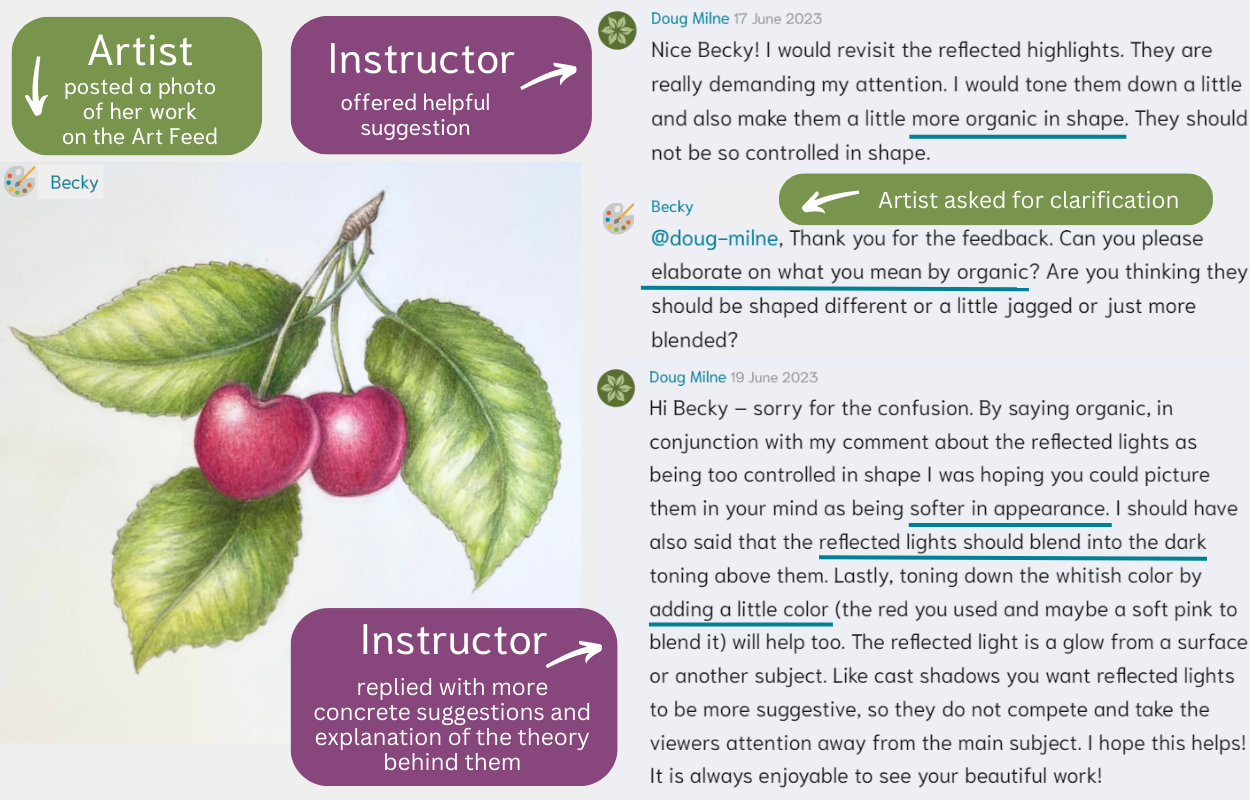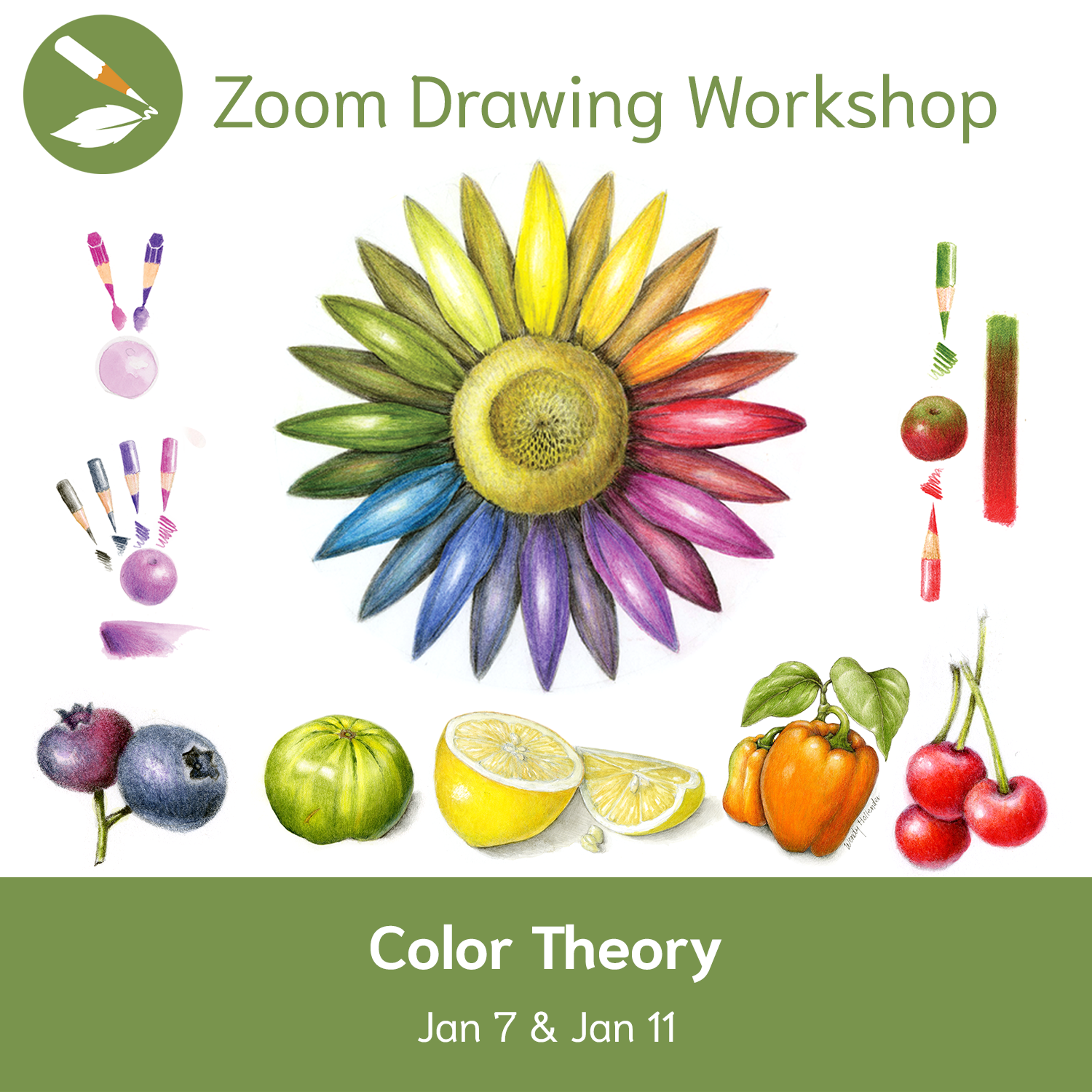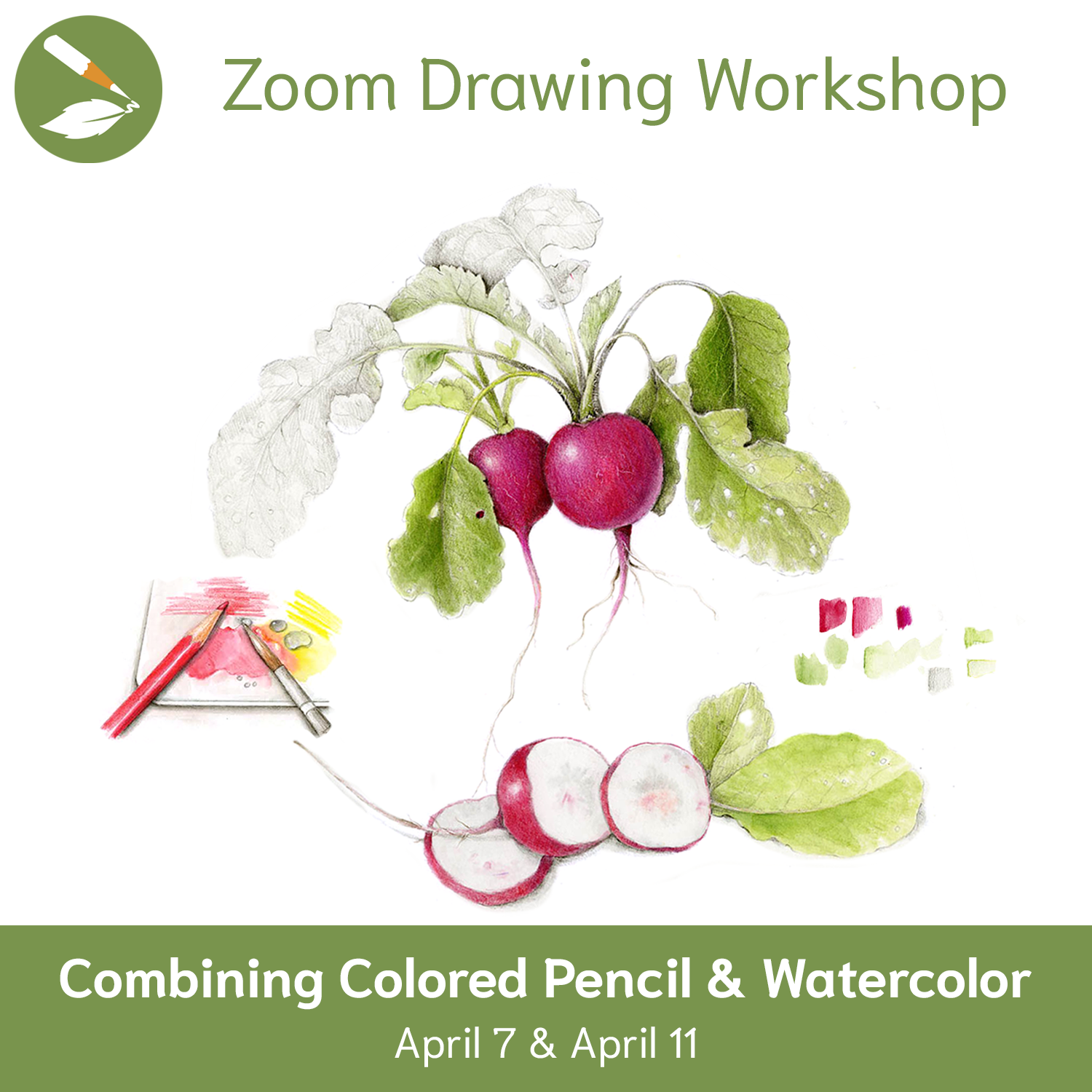How to Tell if your Botanical Drawing is Finished: 8 Tips for Art Evaluation
When we look at our own work, our first thoughts are often critical, focusing on how we could make it better… So how do you know when your work is complete?

Every artist should ask these questions while drawing and evaluate these 8 areas to achieve a stunning final composition:
1. Size and Structure
2. Light
-Light Source
-Highlight
-Reflective Highlight
-Cast Shadow
3. Overlaps
4. Tones
5. Color
6. Contour
-Edges
7. Details
-Texture
8. Composition

1. Size and Structure
Is the drawing accurate in size, proportion, and perspective? Measure correctly on an imaginary picture plane to translate the three-dimensional world to a two-dimensional surface. Learn more about perspective here.
Does the drawing show an accurate structure of the subject? This is most important for scientific botanical illustrations because they are used in plant identification and documentation. Find out why drawing plants matters.

2. Light
Light Source
Is the light coming from one single source? Is the position of the light 45 degrees from the left or right?
If you want to know why this is important, learn about the magic illusion of light here.
Highlight
Is the highlight in the right place? See ideal light source models here.
Does the highlight have a shimmer? (It should not appear like empty space.)

Reflective Highlight
If there is a reflective highlight, is it believable? (It should not appear as empty space.) Learn more about reflective highlights here.
Cast Shadow
If there is a cast shadow, does it stay in the background and push the subject forward in space?
Does the shadow appear as a soft shadow? (It should not appear as a hard shape.)
Do the shadow’s tones graduate from very dark to light so that the lightest tones fade into the paper? Learn more about cast shadows here.
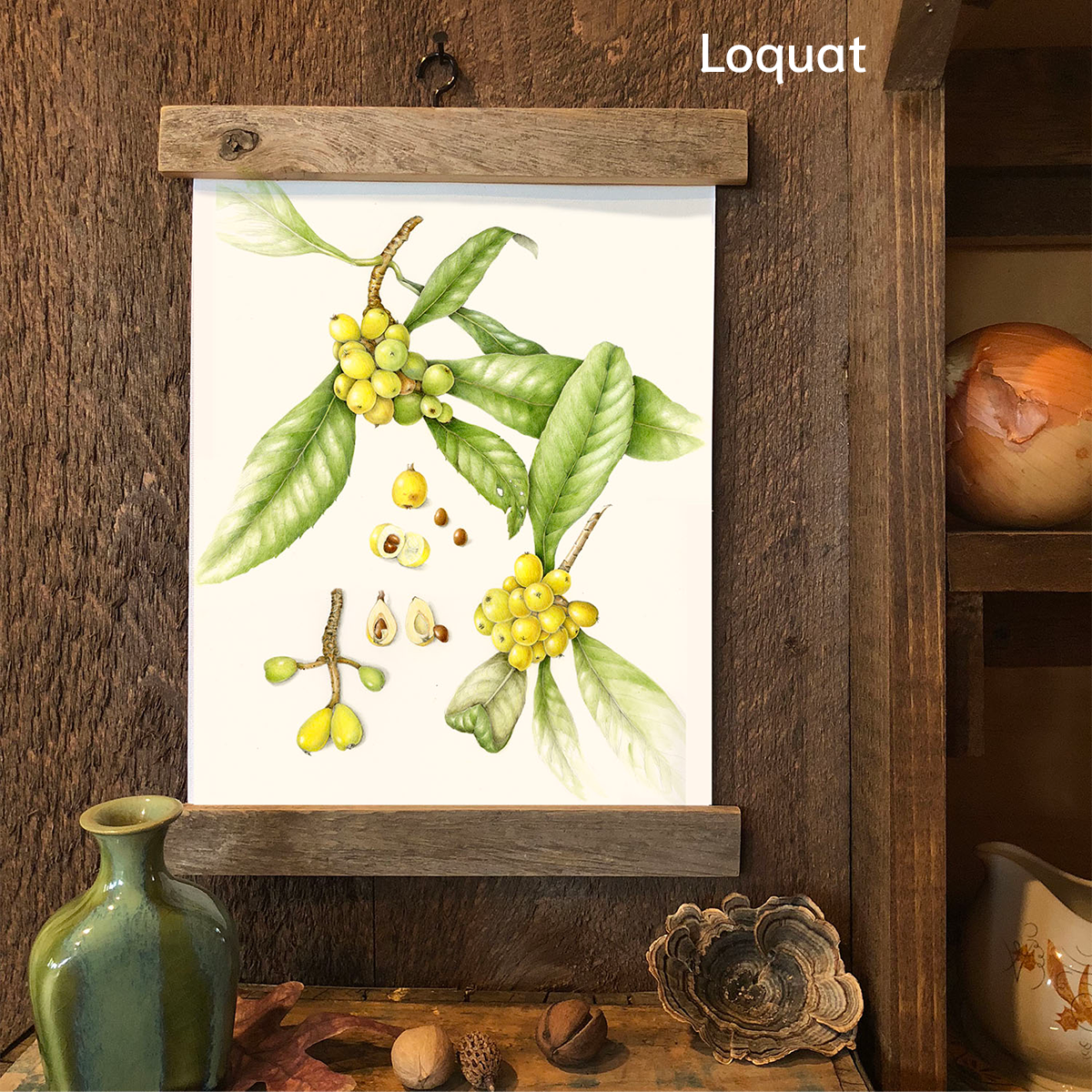
3. Overlaps
Are overlapping areas of the subject clear? Is it obvious what is in front and what is behind? What is inside versus outside?
Is there a defining dark shadow on the surface of the object that is underneath or behind the object on top?
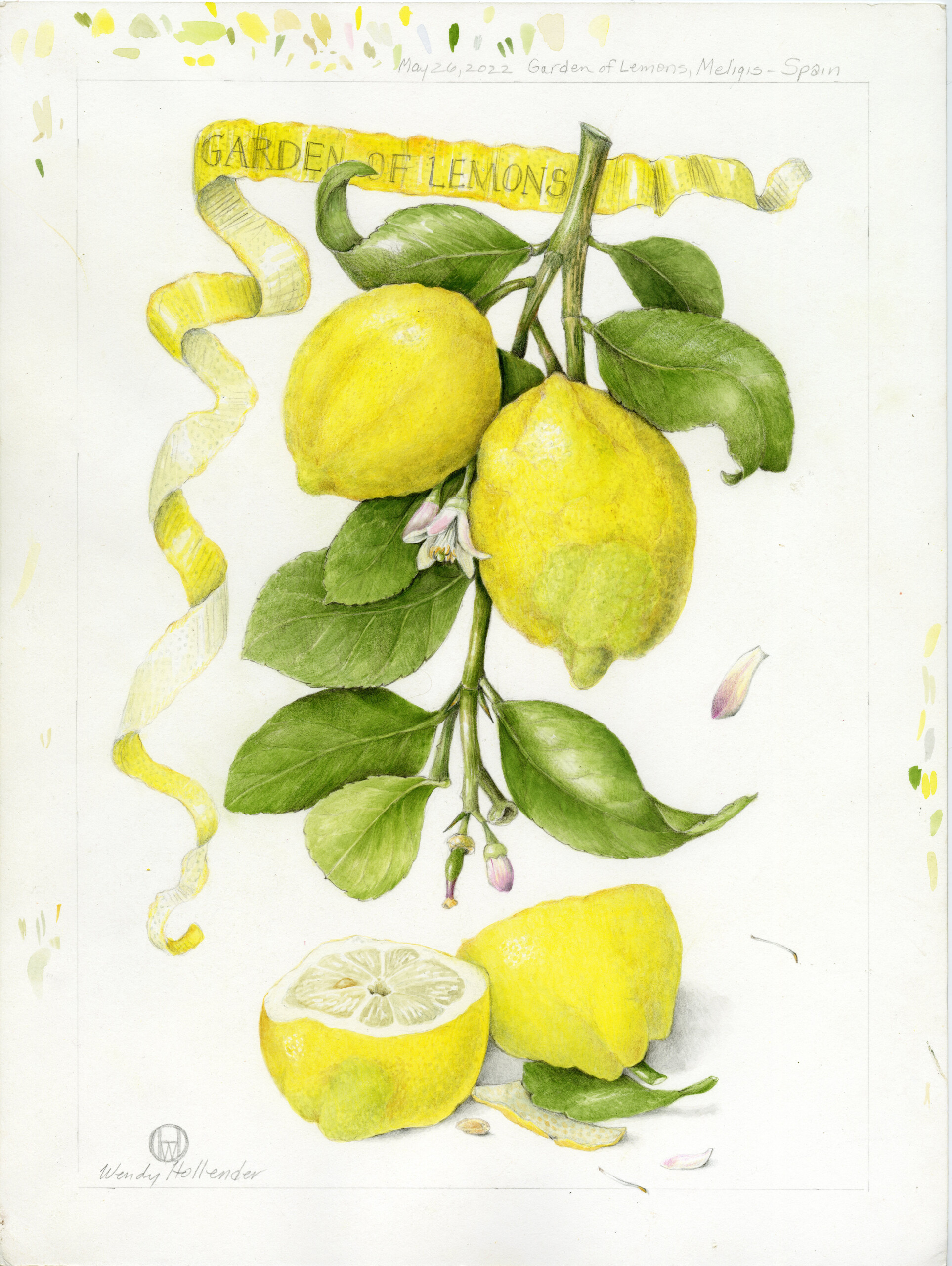
4. Tones
Is there a complete range of 9-10 tones from light to dark? Warm up with value scale tone bars to understand the full range of tones.
Do the tones graduate and blend seamlessly on the form? Warm up with continuous toning to practice.
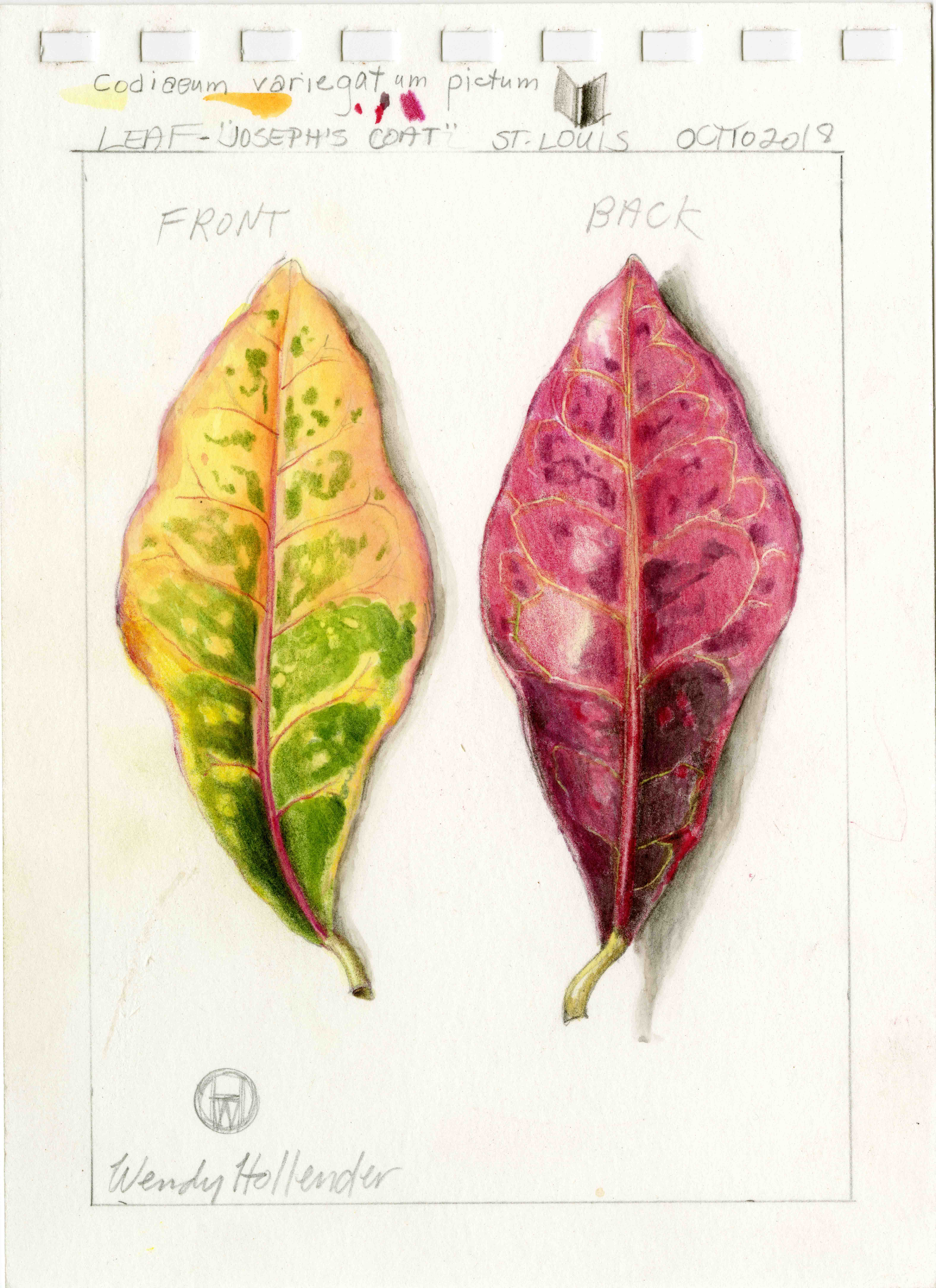
5. Color
Are the colors accurate? Is the complete range of 9-10 tones maintained in color? Color can be complicated, but we’ve got you! Learn about color here.
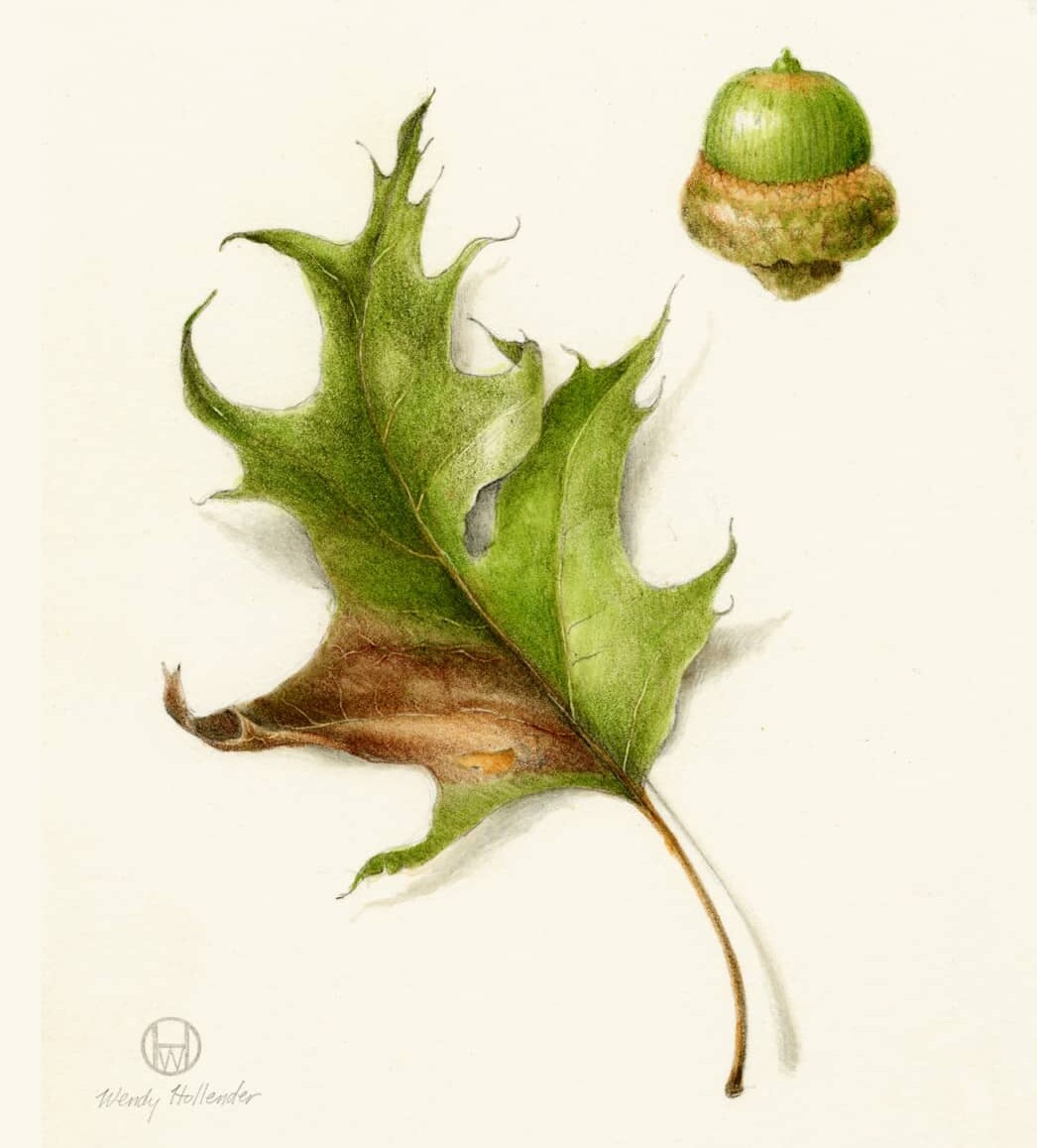
6. Contour
Is the contour of the drawing graceful and not awkward or oversimplified? Nature usually has subtle curves rather than sharp angles or rigid straight lines.
Edges
Are the edges of the subject sharp enough without creating a dark outline? Does the drawing appear to be “in focus”?

7. Details
Are the drawing’s details believable and not overshadowing the structure? Sometimes a plant’s intricacies are so fascinating that we can get carried away, so don’t be afraid to use your erasers.
Texture
Is the texture convincing? Learn how to add texture to your botanical art and transform it from flat to fantastic!
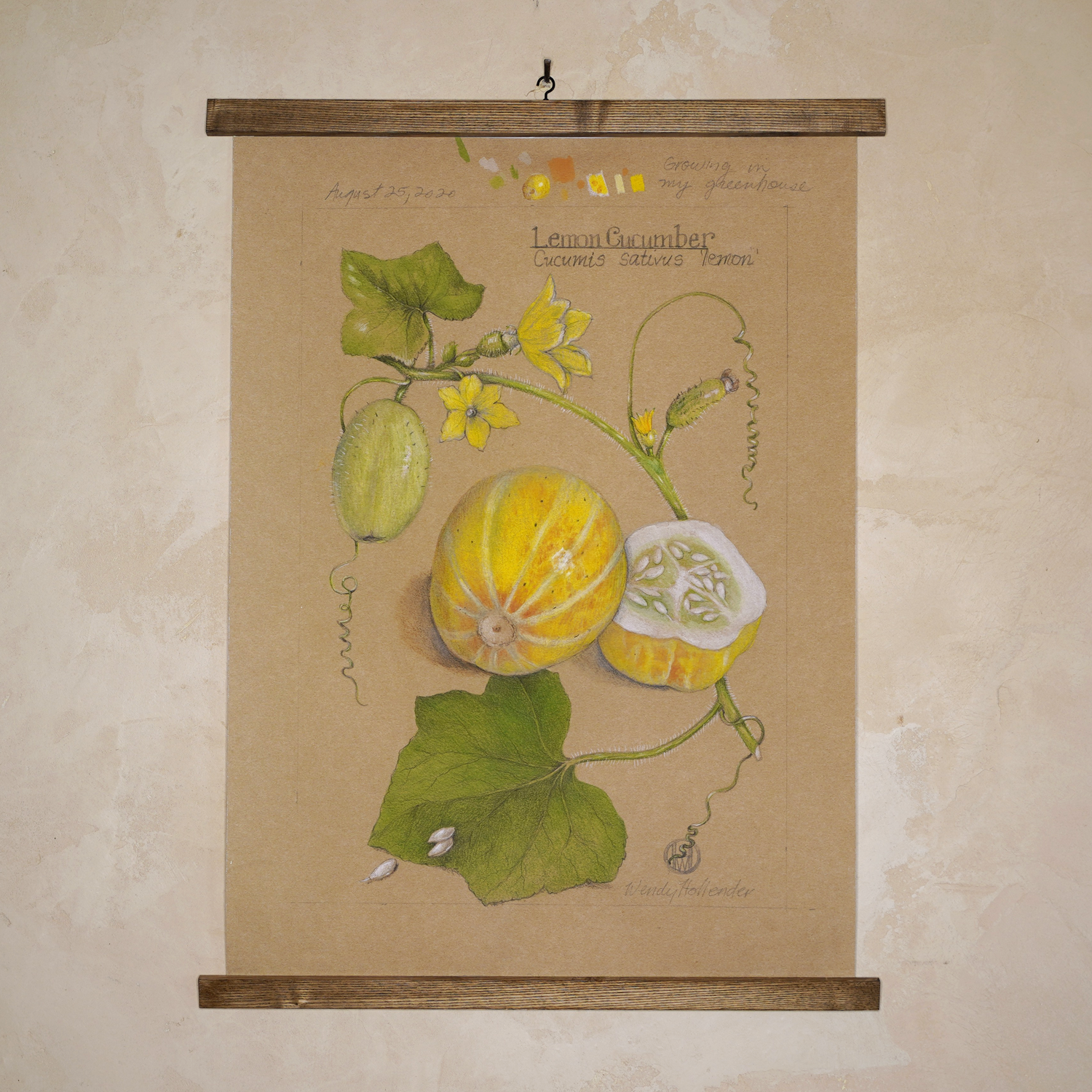
8. Composition
Is there a clear focal point? Are the layout, placement, and location of the subject comfortable on the page?
To create compelling botanical illustrations, here is our free composition quick guide. To elevate your composition, try these 4 essential tips!
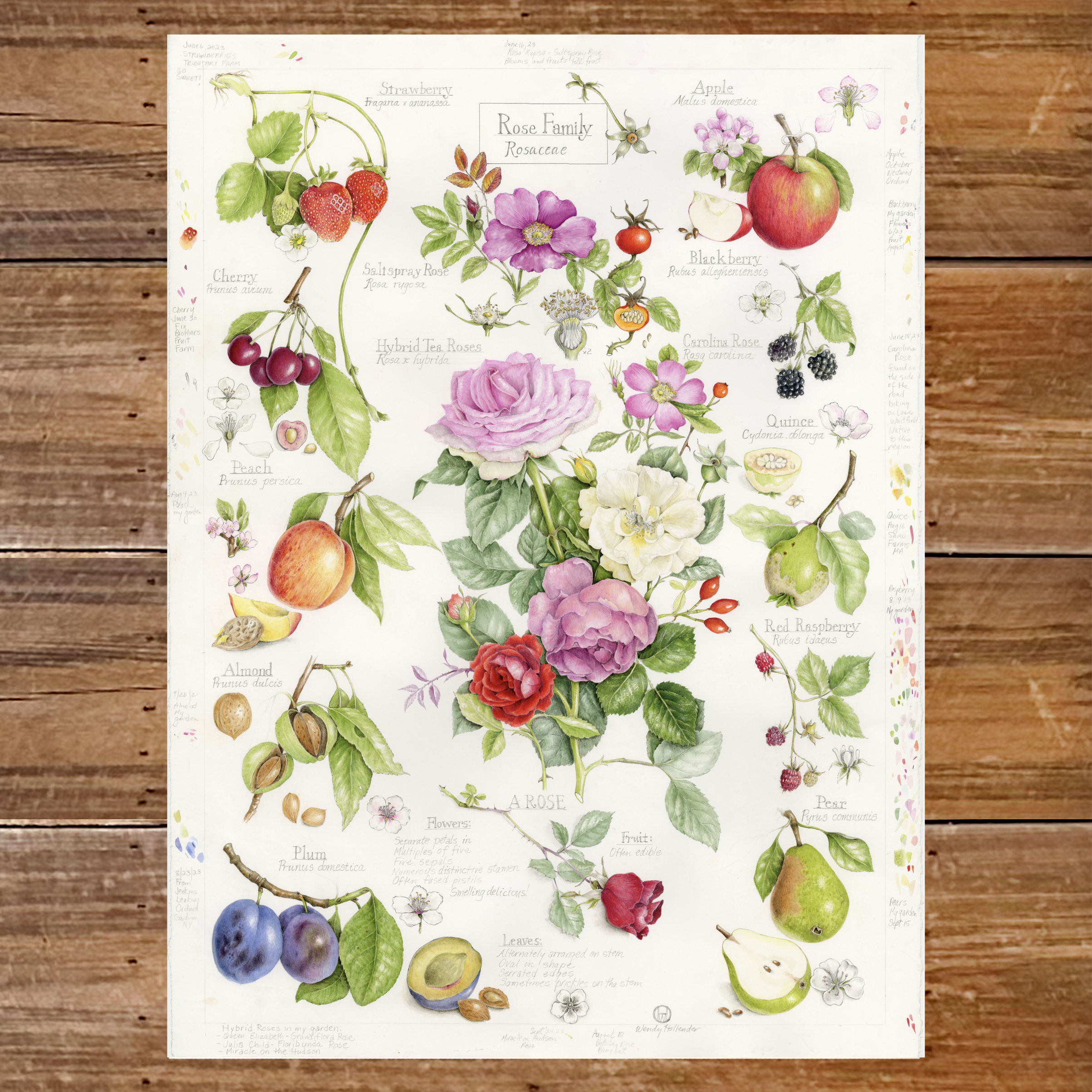
Voila!
Once you put the finishing touches on your work, the answers to these questions will be yes, and your botanical art will be complete. Way to go!
We’re here to help
Evaluating our own work is difficult. You may know something is “wrong,” but you may not know how to “fix” it. That’s where we come in! Find out how you can receive feedback from experienced instructors
